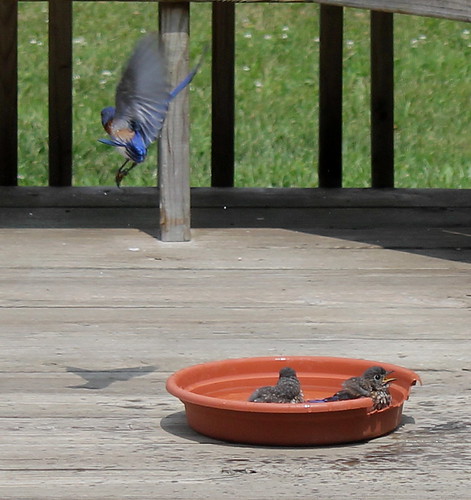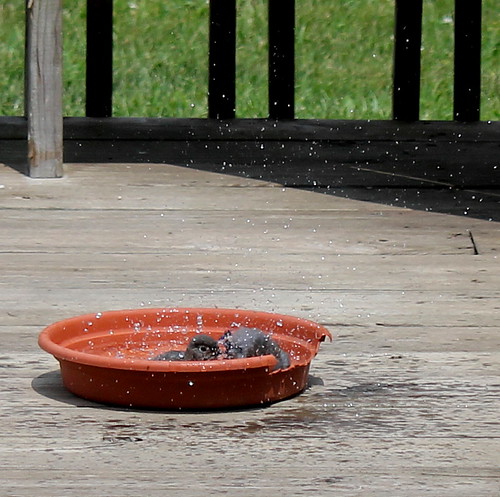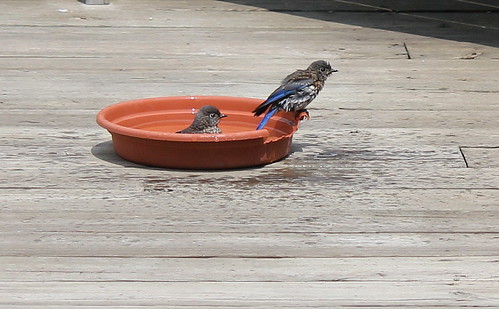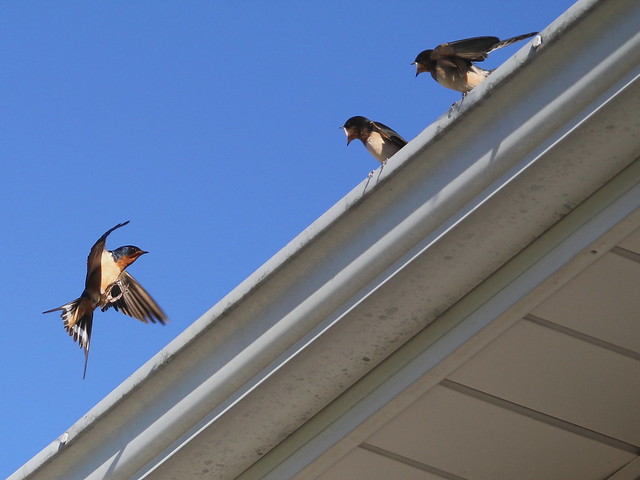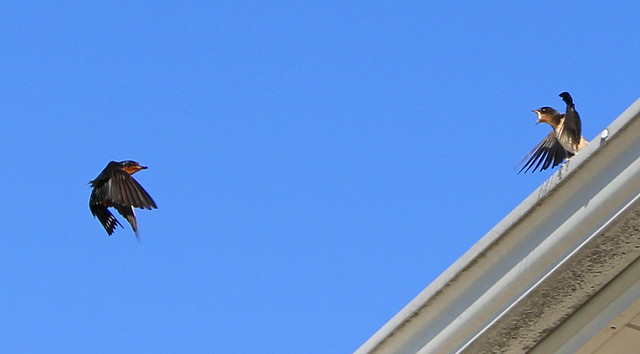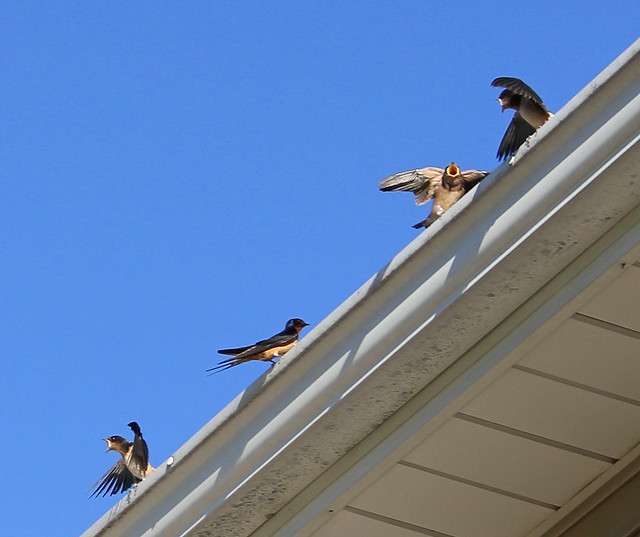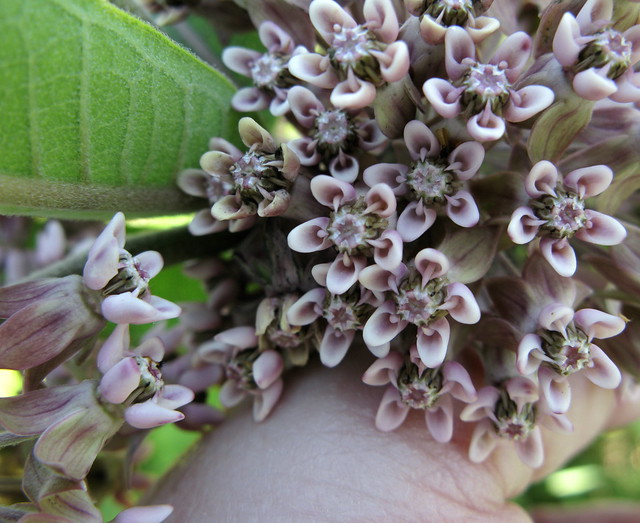 Well, it's been awhile. Hasn't it.
Well, it's been awhile. Hasn't it.
Here's the thing: I turned 60 last week, and it hit me harder than I expected. Suffice it to say that my thoughts turned inward and melancholy for a few weeks, until I realized how ungrateful it is to lament getting old when so many never get the chance to do so; how silly it is to regret the things left undone when I could still do most of them if I really wanted to.
So. I'm over it. And I'm back. Now about this weed ...
Over the past couple of years, I have allowed the milkweeds to spread in hopes that monarch butterflies would find them. We have three handsome stands of it now, and it makes me smile to think how my old neighbors from the development would react to see them ... I'd have villagers at my door with torches and pitchforks. Literally.
Milkweed is generally described in agricultural literature as nasty, noxious, invasive, toxic, and pernicious. I beg to differ. It's a handsome, sturdy, healthy-looking plant with gorgeous, fragrant flowers in summer and perfectly magical seed pods in the fall.
Parts of it are edible if boiled first, though I have no intention of testing that.
Its genus, Asclepias,
is named for Asklepios, the Greek god of healing. It has been used in Native American and folk medicine to treat everything from warts to kidney stones to asthma and as a contraceptive, though I haven't figured out yet how that last one would have worked.
The fiber in the stems was used to make cloth, and the floss of the seeds was used to make fine thread as glossy and strong as silk.
In World War II children collected the pods and turned them in to the government. The lightweight floss was used as stuffing in life vests and flight suits.
In Hindu mythology,
the creator was under the influence of milkweed juice when he created the universe (which would explain a lot), and so milkweed is considered to be the king of plants.
In your back yard garden or wild patches it smells like lilac and attracts butterflies and bees like nobody's business. In our patches, tiny tree frogs like to sun themselves on the broad, flat leaves.
AND,
It is the only food monarch caterpillars can eat. The sap has a cardiac toxin in it. Monarchs hold that toxin in their bodies and wings, which makes them un-tasty and toxic to most birds and other predators.
No more milkweed, no more monarchs. Butterfly conservation groups are encouraging people to plant milkweed along the migration paths of monarchs to offset the stands lost to development.
OK. Done. Here I am, surrounded by common milkweed. So where are the monarchs?
* If you'd like to plant milkweed, I'll have a lot of seeds come fall. Drop me an email and an address and I'll be happy to send you some.  Click here to visit Michelle's site and see more Nature Notes.
Click here to visit Michelle's site and see more Nature Notes.
